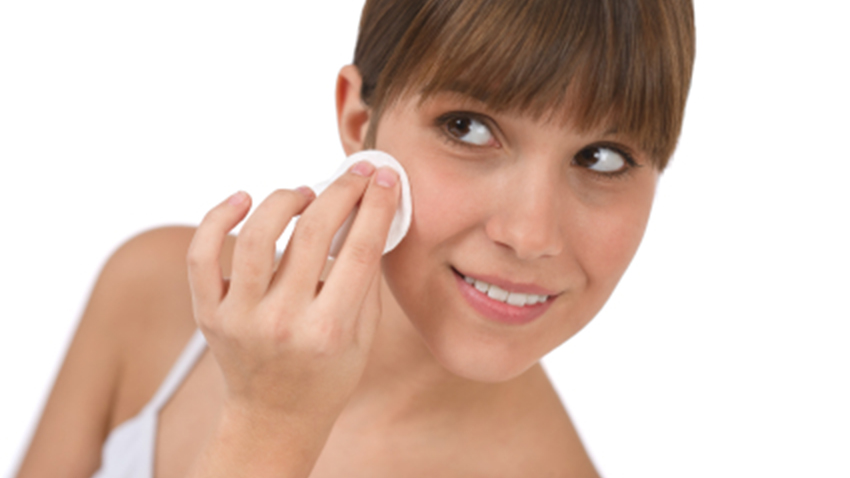Chronic Disease Education
Acute Condition Education
Working with your Family Physician
Working with Allied Care Providers
Atopic Dermatitis

Knowledge is Power.
True/False - Atopic Dermatitis
Information - Atopic Dermatitis
 Atopic dermatitis is a chronic skin condition that commonly starts before the age of five. It is associated with scaly, itchy rashes that can appear almost anywhere on the body. This is a condition that comes and goes, but essentially is chronic.
Atopic dermatitis is a chronic skin condition that commonly starts before the age of five. It is associated with scaly, itchy rashes that can appear almost anywhere on the body. This is a condition that comes and goes, but essentially is chronic.
Diagnosis of Atopic Dermatitis
Atopic dermatitis is an overreaction of your immune system to stimuli on your skin from the outside. Most people with atopic dermatitis have a problem with the skin barrier, which allows chemicals, bacteria and other substances to enter into the body. This triggers a reaction that causes the scaling and itching. If your family physician may refer you to a dermatologist to make the diagnosis of atopic dermatitis. The diagnosis will be based on your history of chronic itch, scaling and the characteristic pattern of involvement in different areas of the body.
The pattern of atopic dermatitis changes depending on your age. In children, the condition often appears on the head and neck; in adults, it generally appears in the folds of the body (called the antecubital fossa) or the area just by the crook of the elbows, or back of the knees. It can also involve the hands.
Atopic Dermatitis Treatment
Treatment of atopic dermatitis involves avoiding triggers that make the skin drier and itchier, such as perfumed soaps or exposure to wool. Patients with atopic dermatitis should use moisturizers twice daily. Good skin care is important to decrease the number of bacteria on the skin, and that includes a gentle washing, patting the skin dry, and then putting on the moisturizers to improve that barrier and seal the skin.
There are also prescription and non-prescription topical medicines that can reduce inflammation and itching. Some patients benefit from long-term or short-term steroidal or non-steroidal anti-inflammatory medications. Common medications for atopic dermatitis include methotrexate, cyclosporine and azathioprine. If those fail, there are new options such called biologic medicines, which are tailored to block the inflammatory pathways or inflammatory molecules that are specifically involved in atopic dermatitis.
 For severe cases of atopic dermatitis that don’t respond to treatments and/or are interfering with a patient’s ability to sleep or work, more generalized treatments that affect the entire body may help. A special light treatment called phototherapy can decrease the inflammation in the skin.
For severe cases of atopic dermatitis that don’t respond to treatments and/or are interfering with a patient’s ability to sleep or work, more generalized treatments that affect the entire body may help. A special light treatment called phototherapy can decrease the inflammation in the skin.
Talk to your family physician if you'd like more information on atopic dermatitis.
Visit HealthChoicesFirst.com for more videos and resources on family health.
Print this Action Plan and check off items that you want to discuss with your healthcare provider
-
The pattern of atopic dermatitis changes depending on your age. In children, the condition often appears on the head and neck; in adults, it generally appears in the folds of the body (called the antecubital fossa) or the area just by the crook of the elbows, or back of the knees. It can also involve the hands.
-
Treatment of atopic dermatitis involves avoiding triggers that make the skin drier and itchier, such as perfumed soaps or exposure to wool.
-
Patients with atopic dermatitis should use moisturizers twice daily. Good skin care is important to decrease the number of bacteria on the skin, and that includes a gentle washing, patting the skin dry, and then putting on the moisturizers to improve that barrier and seal the skin.
-
There are also prescription and non-prescription topical medicines that can reduce inflammation and itching. Some patients benefit from long-term or short-term steroidal or non-steroidal anti-inflammatory medications. Common medications for atopic dermatitis include methotrexate, cyclosporine and azathioprine.
-
For severe cases of atopic dermatitis that don’t respond to treatments and/or are interfering with a patient’s ability to sleep or work, more generalized treatments that affect the entire body may help. A special light treatment called phototherapy can decrease the inflammation in the skin.



